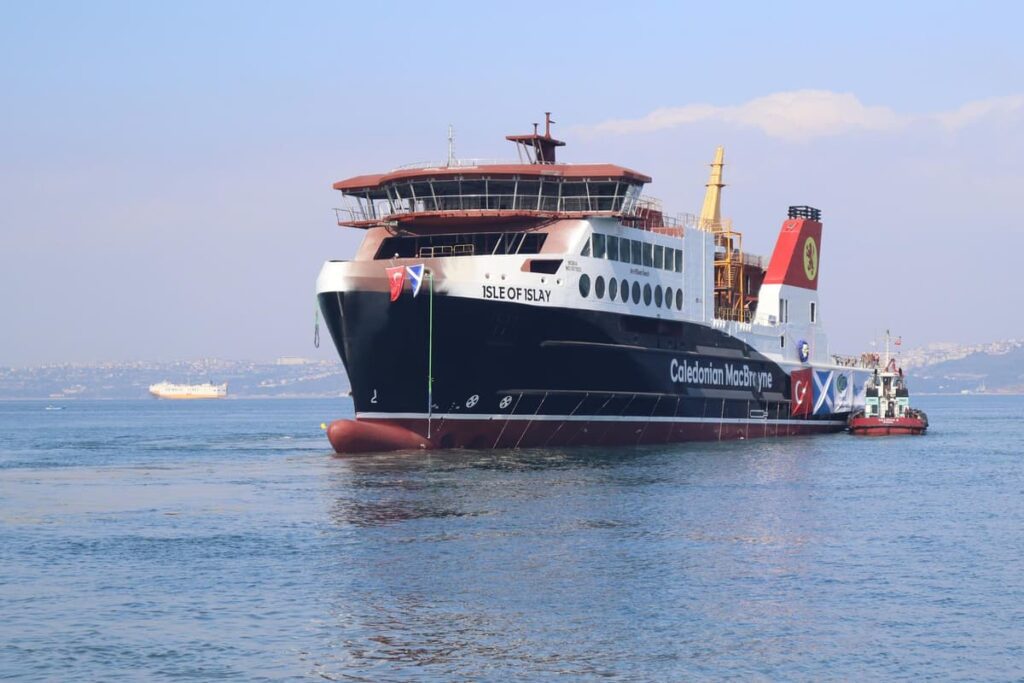By Roy Pedersen
Scotland’s state-funded ferry services are in disarray and exhibit very poor productivity. This is manifest in inconvenient schedules, limited capacity and unreliability, combined with very high levels of public subsidy, all of which undermine the aims of the Scottish Government’s own Islands Act. This state of affairs has been exacerbated by a series of poor choices in ship and terminal design and adoption of inefficient operating practices including the larger class of vessel being crewed by excessively large “live-aboard” complements, even for operations on short crossings.
To address these problems, Roy Pedersen set out more cost-effective alternative solutions by drawing on best international and domestic practices. He illustrated the “Norwegian model” which is employed effectively by Shetland Island Council’s internal ferries and by Western Ferries on their Cowal – Inverclyde service on the Firth of Clyde. This approach involves connecting the island and isolated mainland communities with the national road network by adopting the shortest feasible sea crossings and employing simple economical vehicle ferries with minimal “live-ashore” crewing on high-frequency schedules, thereby providing greater capacity and lower operating costs.
Mr Pedersen then demonstrated how productivity can be further improved by adoption of proven Australian designed medium speed ROPAX catamarans such as MS Pentalina on the Pentland Firth. Vessels of this type consume significantly less fuel and emit less CO2 per unit carried than equivalent capacity monohulls. Such catamarans have also proven to be more reliable, particularly in terms of berthing and un-berthing in adverse weather.
While fast passenger catamarans are commonplace in Norway and elsewhere, linking island and coastal communities with regionals centres, it was considered whether such vessels could also could also fulfil a similar role in Scotland.
One of the desired outcomes of the Islands Act is the empowerment of local communities. In response to this, the Mull and Iona Ferry Committee proposed taking over the currently woefully inadequate Craignure – Oban service to double capacity and frequency with a “clock-face” service operating from early till late. In so doing, the community would have financed and introduced two bespoke catamarans with considerable savings to the public purse in terms of capital cost and operating subsidy. This proposal was turned down flat by the Scottish Government on the grounds that it was not policy to de-bundle any of the state-funded Clyde and Hebrides services. Mr Pedersen suggested this policy was counter-productive and that, instead, ferry policy should be focussed on enhancing the empowerment and well-being of our island communities rather than protecting an inefficient state entity.
Mr Pedersen concluded that adoption of the approach he outlined, supported by many transport professionals and island residents, would result in greatly improved connectivity to enable our island and peninsular communities to flourish while freeing up around £100 million annual operating subsidy of precious taxpayer funds to support Scotland’s struggling public services.





